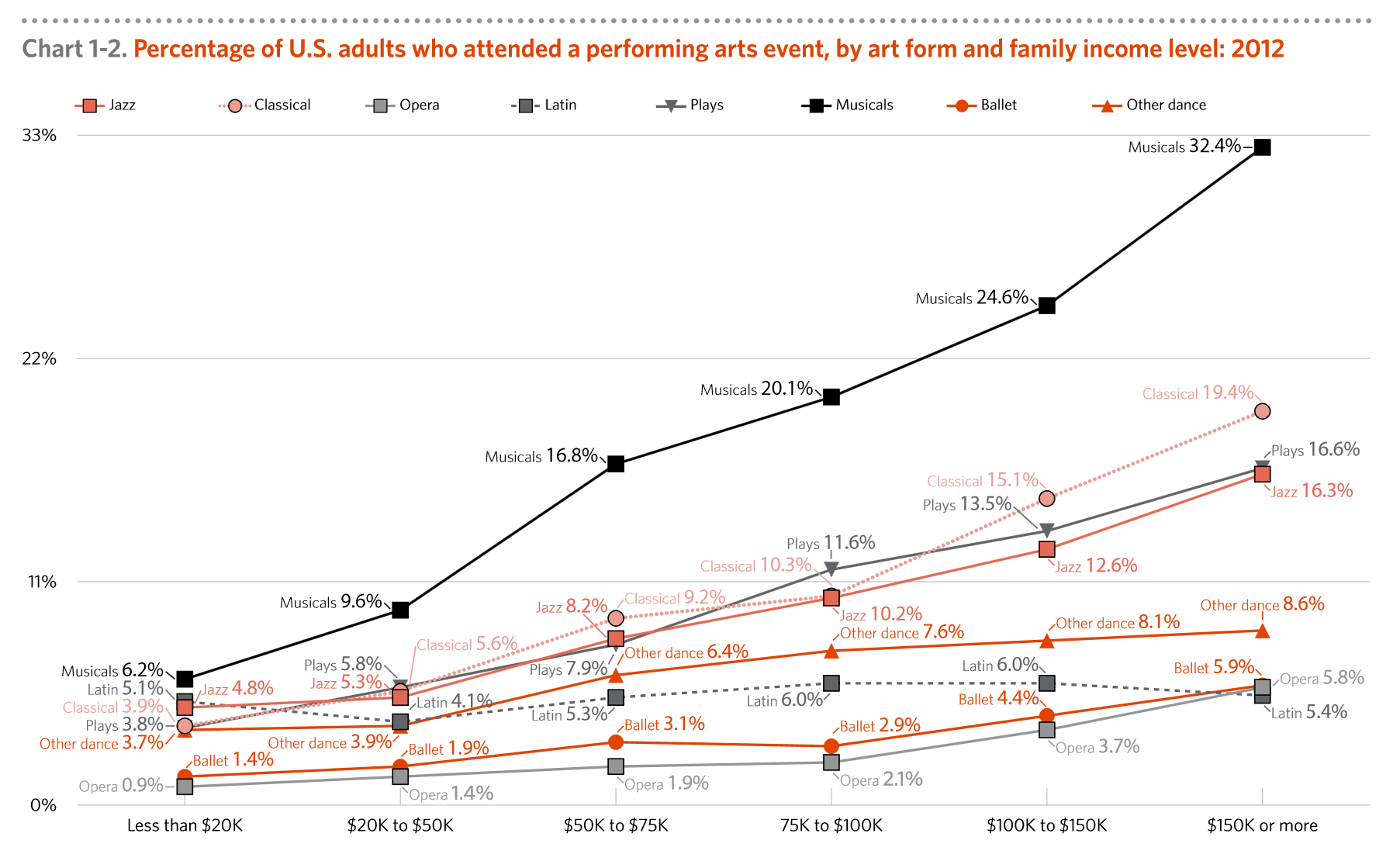Featured in the current Reader, Lynne Connor, Ph.D., from the Department of Theater and Dance at Colby College, explores the recent evolution, and possible future, of audience engagement in her essay, Replacing Arts Appreciation with Arts Talk.
Steve's Blog
The Greater Philadelphia Cultural Alliance has just released an in-depth study of patron loyalty in the arts. The new report, 2014 Patron Loyalty Study: Loyalty By the Numbers examined the financial transactions (including ticket sales, memberships and donations) of almost a million Greater Philadelphia households, using seven years of data from 17 major cultural attractions in the region. One of the key findings of the report is that, despite the sector’s focus on developing new audiences, the erosion of current audience loyalty represents one of the most significant financial risks for cultural groups.
From Peter Dobrin at The Inquirer:
From Colleen Dilen at her blog Know Your Own Bone:
The New England Foundation for the Arts has received a grant of $1,700,000 from the Barr Foundation to launch Creative City, a three-year pilot that will make grants to Boston artists to create works that integrate public participation. Creative City will provide new resources to artists to bring their creative voices to Boston neighborhoods, and to further enliven the places where they live, work, and play with culture and creativity.
Featured in the current Reader, Gwendolyn Zepeda’s Poem for the Grantmakers, written for and read at the 2014 GIA Conference in Houston.
A new report from Createquity takes a deep look at the data on Arts Participation, and also trends in television usage, across segments of the US population at different income and education levels. “Why Don't They Come?” does in fact conclude that television is taking an increasingly dominant role in shaping our cultural lives, especially with the low-income and low-education population.
From the development of a state-wide arts education plan in Alabama to a glassblowing program for wounded soldiers in Tacoma, Washington, funding from the National Endowment for the Arts (NEA) gives people across America the opportunity to experience creativity and participate in the arts. In the second major grant announcement of fiscal year 2015, the NEA will make 1,023 awards totaling $74,326,900 to nonprofit arts organizations in all 50 states plus five U.S. jurisdictions. Funding in this round is awarded through the NEA’s Art Works and State and Regional Partnerships grant categories.
From Robin Pogrebin at The New York Times:
From Andrew Theen at The Oregonian:



